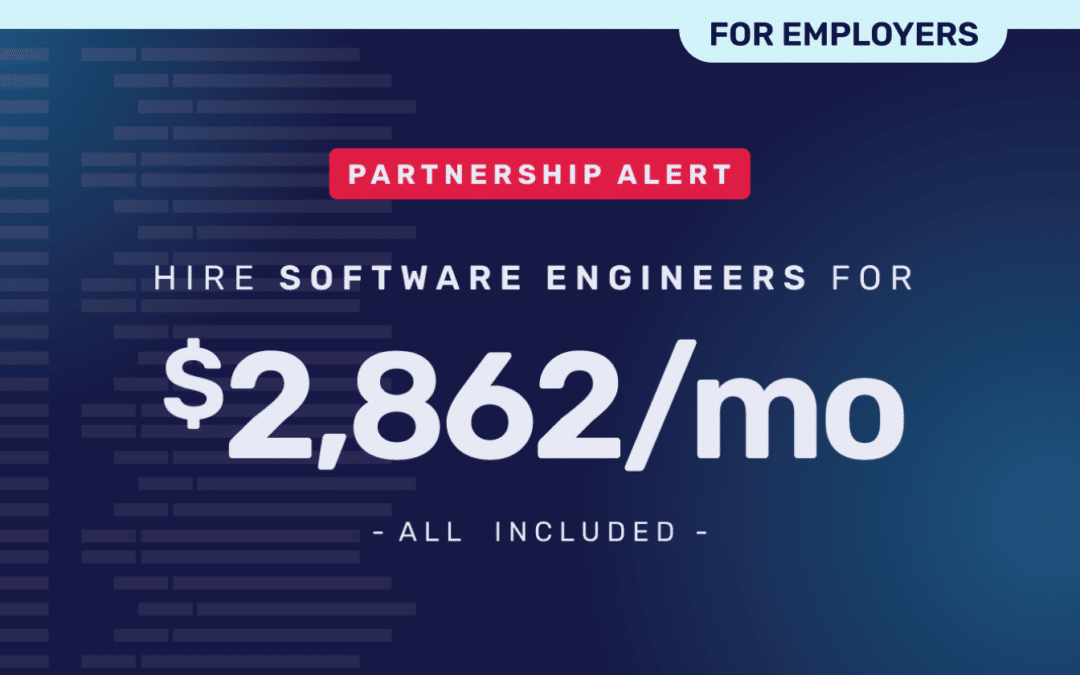
How to Choose the Right Recruiting Firm for Your Hiring Needs
How to Choose the Right Recruiting Firm for Your Hiring Needs

Finding the perfect candidate for your company can feel overwhelming. Whether you’re looking to fill a specialized role, scale your team quickly, or hire top executives, partnering with the right recruiting firm can make all the difference. But with so many agencies out there, how do you choose the one that’s best for your needs?
In this blog, we’ll walk you through the key steps to help you select a recruiting firm that can attract, vet, and hire great talent efficiently and effectively.
1. Define Your Hiring Needs Clearly
Before you start looking for a recruiting firm, make sure you know exactly what you’re hiring for. Are you looking to fill temporary roles, permanent positions, or leadership roles? What skills and experience are must-haves? Having a clear hiring plan helps you focus on agencies that specialize in your needs, which saves time and leads to better results.
At Top Latin Talent, we start by asking questions about the type of employment, job requirements, desired experience, key skills, your interview process, budget, and English language needs. Having this information upfront helps us move quickly and efficiently.
2. Look for Industry Specialization
Some recruiting firms are generalists, while others focus on specific industries or job types. A firm that knows your industry will understand the unique challenges, necessary skills, and the kind of candidates that will succeed in your roles. This kind of specialization often leads to better-quality hires and faster results.
We’d love to say we can hire for any position, but to be honest, we’re not the best fit for every industry. For example, we recently received inquiries for hospitality and machine operator roles, but we weren’t confident we could find strong candidates in those areas. Our strengths are in tech roles like software engineers, data and AI professionals, UX designers, and also marketing, sales, and customer service. Many of our recruiters have real experience working in the same departments they now recruit for.
3. Understand Their Recruitment Process
It’s important to know how a recruiting firm finds and vets candidates. Ask about their sourcing methods, screening process, and how they evaluate cultural fit. A clear and structured process not only improves candidate quality but also keeps you in the loop from start to finish.
When you’re ready to start working with Top Latin Talent, we’ll just need three things: a signed service agreement, the job requirements, and a $50 initiation fee. From there, we begin sourcing and screening candidates. Within 5 to 8 business days, you’ll receive 3 to 5 pre-screened profiles. We evaluate candidates based on their skills, fit for your team, and English proficiency (if needed). After that, you can begin interviews or share feedback for another round. You can click here to schedule a meeting with us to get started.
4. Assess Their Network and Candidate Pool
A recruiting firm’s network is one of its biggest strengths. Ask how large and active their candidate database is, and how they maintain relationships with top talent. A wide and well-connected network increases your chances of finding the right person faster.
We have a strong network of candidates in the tech space, which allows for quick placements. But we don’t rely on our database alone. We also conduct an active search to make sure we’re presenting the best people for your specific needs.
5. Clarify Fees and Contract Terms
Recruiting fees can vary a lot. Some firms work on contingency, others charge a flat fee, and some operate on a retainer. Make sure you understand how they charge, what’s included, and if they offer any kind of guarantee or replacement policy. Clear terms help avoid misunderstandings and build trust.
Our service agreement is simple. For direct full-time hires, around 80% of the fee is due 90 days after the candidate’s start date, but only if they’re still employed. If they leave for any reason before that, you can choose to either have us find a one-time replacement or skip paying that final fee.
6. Consider Communication and Flexibility
Hiring needs can change quickly, so it’s important to work with a firm that communicates clearly and can adapt as needed. Good communication keeps everything on track, and flexibility means your partner can handle fast-moving or high-volume hiring when it comes up.
At Top Latin Talent, we value clear, open communication. You’ll have a dedicated point of contact to share updates, changes to the role, feedback, or if the position has been filled. Your updates help us manage expectations and maintain a good experience for everyone involved.
7. Decide Between Local and National Firms
Local recruiting firms often know your regional market well and can offer a personal touch. National or international firms might have access to a wider talent pool and more tools. Think about whether your priority is local insight, reach, or a bit of both.
Top Latin Talent has recruiters based in both the U.S. and Latin America. We understand regional markets and can help suggest the best locations for sourcing talent, depending on your goals.
Summary Table: What to Look for in a Recruiting Firm
| Criteria | What to Look For | Why It Matters |
| Industry Specialization | Experience in your sector/role | Better candidate matches |
| Process Transparency | Clear sourcing, vetting, and communication steps | Efficient, reliable hiring |
| Fee Structure | Upfront about costs and terms | No hidden surprises |
| Network Size | Broad, high-quality candidate pool | Faster, better placements |
| Flexibility | Willingness to adapt to your needs | Responsive to business changes |
Questions to Ask Potential Recruiting Firms
- Can you share examples of similar roles you’ve filled?
- How do you find and screen candidates?
- What does your fee include, and how does payment work?
- How do you handle urgent or high-volume hiring?
Choosing the right recruiting firm is a smart, strategic move that can make a big impact on your team’s success. By clearly outlining your needs, asking the right questions, and picking a partner who understands your industry, you’ll be on your way to making better hires faster.
Are you looking to hire Latin American talent? Schedule a commitment-free meeting today with us to discuss your hiring needs.








